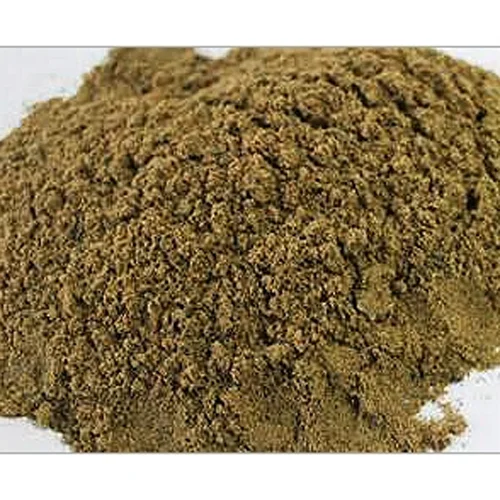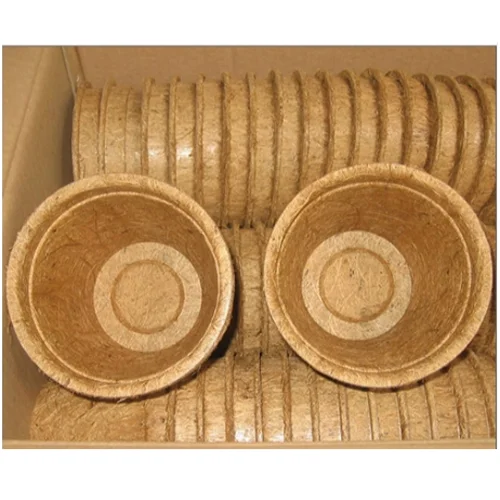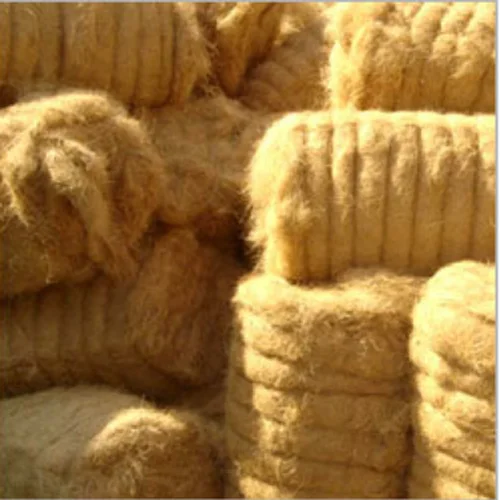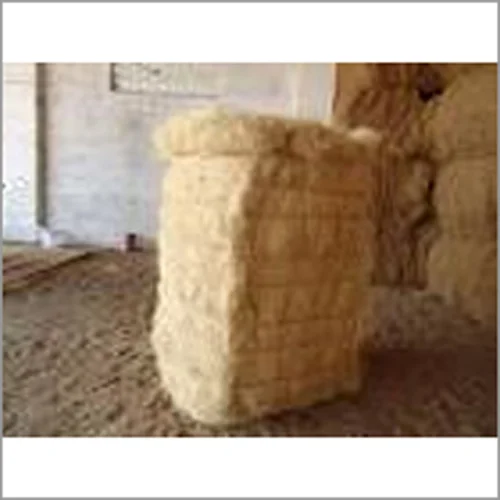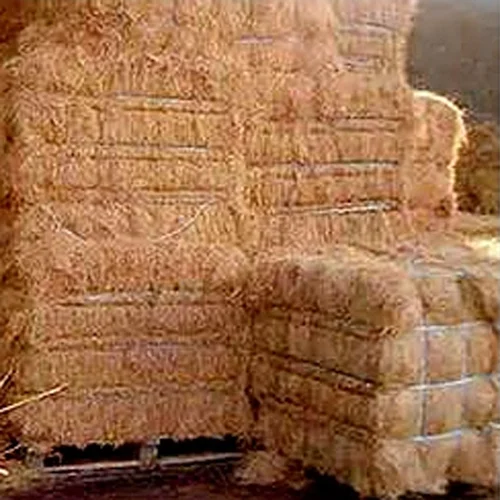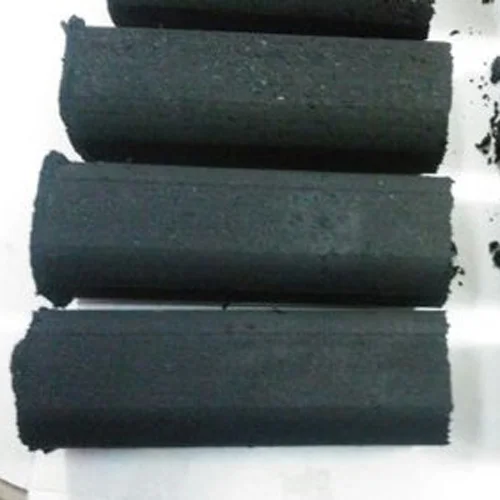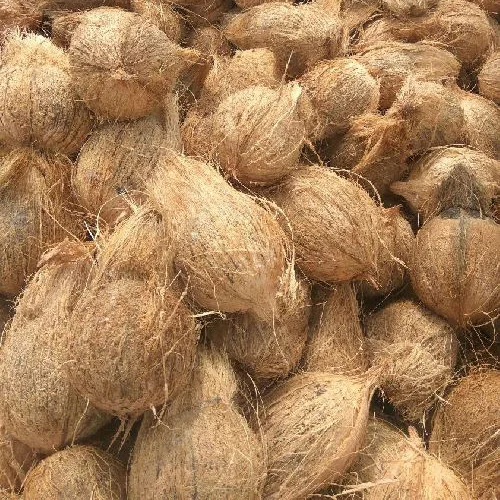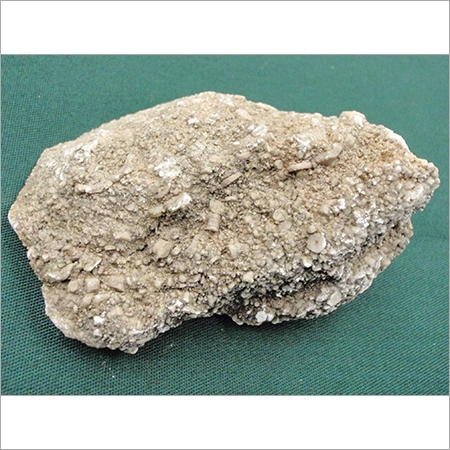Fish meal is a high-protein supplement made from the cooked and ground remains of fish, including fish heads, bones, and offal. It is commonly used as an animal feed for livestock and aquaculture, as well as a fertilizer for plants. Fish meal is a valuable source of protein, with a protein content ranging from 60-72% depending on the quality of the fish used and the production process.
The production process for fish meal typically involves cooking the fish to denature the proteins, pressing the fish to remove the liquid, drying the fish solids, and then grinding the solids into a fine powder. The fish used in the production of fish meal can come from a variety of sources, including wild-caught fish and fish waste from fish processing plants. The quality and nutritional value of the fish meal can vary depending on the species and quality of the fish used, as well as the processing methods used to produce the meal.
Fish meal is commonly used as an animal feed, as it is a rich source of high-quality protein, vitamins, and minerals. It is often used in the diets of livestock, poultry, and aquaculture species, such as fish and shrimp, to improve growth, health, and reproduction. Fish meal can also be used as a fertilizer for plants, as it is rich in nitrogen and other nutrients that plants need to grow.
While fish meal is a valuable source of protein, its production and use can have environmental consequences. The demand for fish meal has led to overfishing of some species, which can have negative impacts on the marine ecosystem. In addition, the production of fish meal can result in high levels of organic waste, which can contribute to water pollution if not properly managed. As a result, there has been growing interest in developing more sustainable sources of protein for animal feed, such as insect meal and plant-based proteins.
In conclusion, fish meal is a high-protein supplement made from the cooked and ground remains of fish. It is commonly used as an animal feed and fertilizer, but its production and use can have environmental consequences. As the demand for protein continues to grow, there is a need to explore more sustainable sources of protein for animal feed and other uses.


